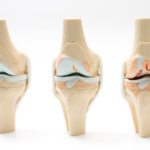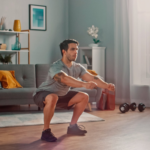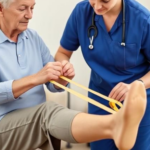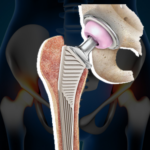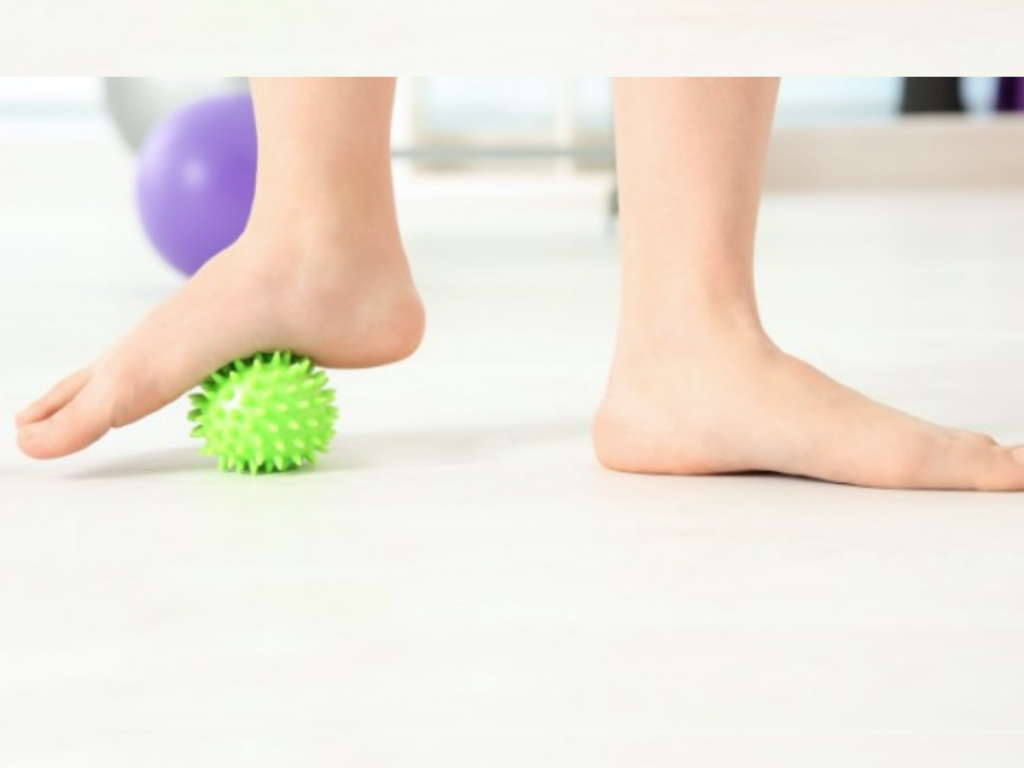
A fallen arch is known as flat feet. It’s a condition in which the arch of the foot collapses or flattens, which results in the whole sole contacting the ground. While most people with this condition have no symptoms at all, the condition brings many problems to the knees, hips, and lower back. Flat feet left untreated could result in chronic pain and discomfort and even lead to further complications.
We shall examine the relationship of flat feet with your knees, and the potential long-term complications from this condition and other things you can do to deal with the pain and discomfort brought by the condition.
Understanding Flat Feet
The foot is designed to provide support, stability, and shock absorption when we walk, run, or stand. The arch in the foot plays a critical role in maintaining this balance by distributing weight evenly across the foot. However, in individuals with flat feet, this arch either doesn’t develop properly or flattens out over time, causing the entire foot to make contact with the ground.
There are several reasons why people develop flat feet, such as genetic, injury, obesity, and aging. In other instances, flat feet may arise from conditions like posterior tibial tendon dysfunction or diabetes. The condition may not cause problems in most people with the condition, but for some, it can lead to a range of musculoskeletal issues.
How Flat Feet Affect Your Knees
Flat feet can have a big impact on how your body moves. If the foot has little to no arch, then this impacts your posture and alignment. Improper positioning of the foot causes a chain reaction of problems that may go all the way down to the knees, hips, and even the lower back. Here’s how flat feet can impact your knees:
1. Overpronation
The most common effects of flat feet are pronation, where the bottom of the foot rolls in too far with each stride when walking or running. With every step, your knees will rotate to an inward direction, an overpronation condition popularly known as valgus knee. This odd gait may stress and strain on the knee joints, therefore leading to discomfort and maybe permanent damage to the knees.
2. Knee Pain and Strain
With the loss of natural arch, the body’s shock absorption is lost. The knees are left to bear more of the impact with each step you take, which means you feel pain, swelling, and discomfort. Over time, this constant stress can cause the knee joint to wear down, resulting in conditions like patellofemoral pain syndrome (pain in the front of the knee) or even osteoarthritis.
3. Misalignment of the Legs
Flat feet can also cause misalignment in the entire lower body. If the feet are not functioning properly, then it affects the knee and hip alignment. Thus, the misalignment would cause muscle imbalances and would further increase the cases of knee pain and discomfort.
4. Increased Risk of Knee Injuries
Because flat feet affect knee alignment and movement, these people are more likely to suffer from knee injuries-including strains, sprains, and tears. These injuries may be resultant from overcompensation when the person tries to maintain a gait without sufficient arch in the foot by putting extra pressure on the knees.
How to Relieve Pain in the Knee Due to Flat Feet
Though uncomfortable and often accompanied by knee pain, there are many treatments available to reduce symptoms and return proper alignment. Here are some common methods used to manage the condition:
1. Custom Orthotics
One of the best methods for controlling flat feet and thereby preventing the effects on the knees is through the utilization of custom orthotic insoles. These devices are designed to support the arch of the foot, as well as redistribute pressure that will help correct overpronation. The more that the arch is supported, orthotics can help to decrease the stress on the knees and relieve pain while realigning the body properly.
2. Footwear
Wearing the right shoes is essential for individuals with flat feet. Look for shoes that provide arch support, cushioning, and stability. Avoid flat, unsupportive shoes such as flip-flops, which can exacerbate flat foot symptoms. Shoes with proper arch support can help reduce the strain on the knees and improve overall alignment.
3. Stretching and Strengthening Exercises
Regular exercises that are designed to strengthen the foot, ankle, and leg muscles can help alleviate the pain felt in the knees resulting from having flat feet. Stretching can also make the legs loose and soft, thereby not putting tension on the knees. Such exercises include;
Calf stretches: Stretching of the calves helps improve mobility in the ankles and thereby reduces the tension on the knees.
Towel scrunches: It is an exercise meant for the muscles of the feet and strengthens the arch.
Hip strengthening: Strengthening hip muscles can improve lower body alignment and may relieve the pressure on knees.
4. Weight Management
Excess weight can exacerbate the symptoms of flat feet and increase the strain on the knees. Maintaining a healthy weight through regular exercise and a balanced diet can help reduce the load on the knees and alleviate pain caused by flat feet.
5. Physical Therapy
If the pain continues, there is a chance that your doctor will recommend you to a physical therapist. An experienced physical therapist will be able to devise a specific rehabilitation plan to counter muscle imbalances, proper alignment, and reduce the pain in your knees. Physical therapy will also instruct you on exercises to help strengthen your lower limbs as well as improve overall functioning.
6. Surgery
There are some rare cases where the patient requires surgical intervention as the conservative treatment proves ineffective. Surgical interventions like reconstruction of flatfoot or tendon transfer are the means of correcting the arch and improving the alignment of the foot, thereby relieving knee pain for a longer time. Surgery is the last option considered after all other alternatives have been tried.
Conclusion
Flat feet can really affect your knees, as they cause pain, instability, and an increased risk of injury. Alleviating knee pain and restoring proper alignment can be achieved through the treatment of the root cause of flat feet through custom orthotics, proper footwear, strengthening exercises, and physical therapy. If you are suffering from knee pain or discomfort in Pimple Saudagar, Pune, Helios Orthojoint best guidance of Dr. Saurabh Giri, one of the best orthopedic surgeons in the region. You can regain mobility, reduce pain, and improve your overall quality of life with the right treatment plan.
